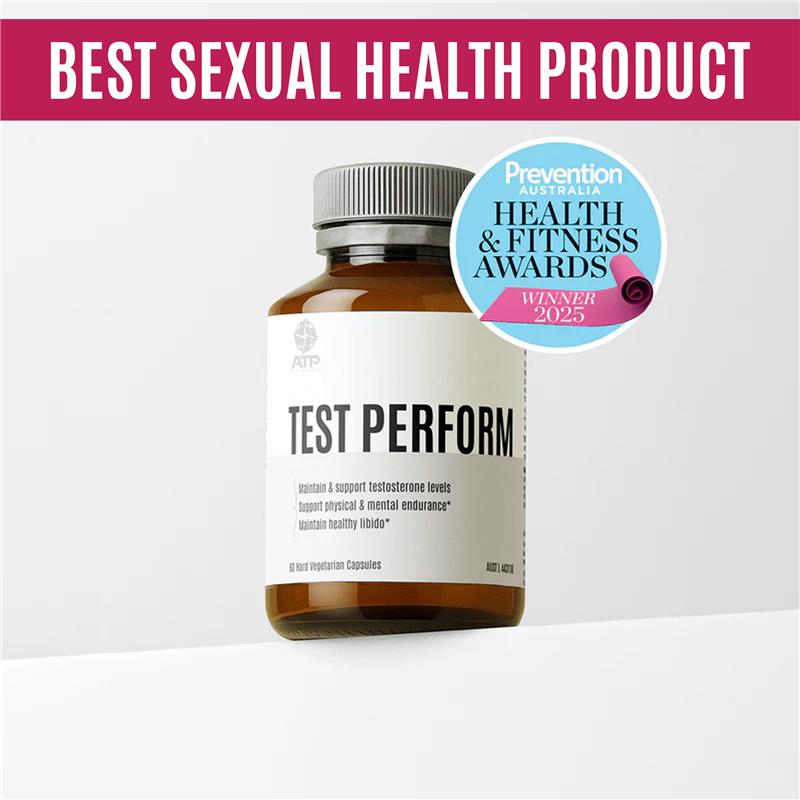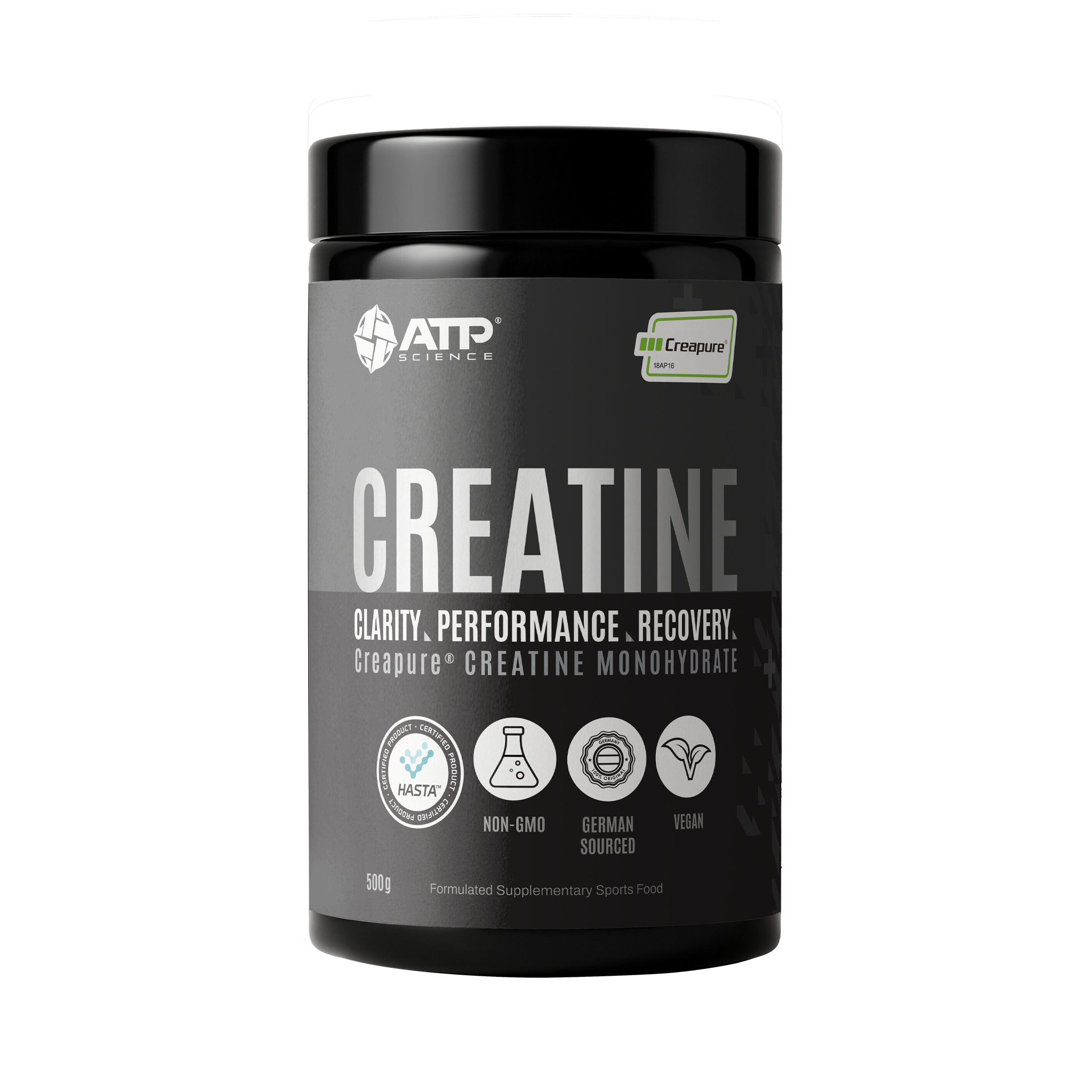Navigating the aisles
When navigating your way through the supermarket – your whole foods tend to be orientated around the outside where the cooler produce and baked goods usually are. You will find your perishable, preservative-free foods here in most cases. If you do need to wander down the aisles and purchase packaged goods, opt for the ones with the least amount of added ingredients. If it is filled with ingredients 26-30 letters long and more words than the oxford dictionary; you can probably just pop that back and slowly step away… your gut and brain will thank you for not putting that stuff in.“Eye Level is Buy level”
This is the oldest trick in the book when buying shelf space, the top brands with money to invest will take up that eye-level shelf for adults and guess what, products they want children to get their parents to buy are at children’s eye level… incoming tantrum in 3,2, 1. Pay attention to this next time you are at the shops and look above for the similar products to that at eye-level, they are usually cheaper alternatives with the same purpose.Budget Tip - Don’t shop when hungry.
This one is pretty self-evident; you are more likely to shop for what you need when you are satisfied than what you want and crave when you are hungry. This is the pinnacle difference of going in with the intention to buy washing powder and coming home with the snack aisle.Buy in Season
Why? For a few reasons, your gut flora relies on variability to keep populations in there under control throughout the seasons. Providing the same food sources all the time can see imbalances come through in flora populations. This die-off and flourish balance need to happen seasonally in the gut as it does in nature . Not to mention, buying seasonally usually means you are supporting your local produce and farmers' markets. Make the most of your local farmers' markets that usually pop up on a Saturday or Sunday in local areas or at times in the city center, often cheaper too when you buy in bulk and can be easily frozen for later use.Use the plant properly.
Don’t throw away the stems of your broccoli, use them just put them in before the top of your broccoli as they take a little longer but are packed with nutrients and many of these aspects are rich in nutrients. Scoop the seeds out of your pumpkin and oven-dry them as a snack. Slow roast and crush that avocado seed that’s packed with polyphenols and add it to your smoothies. We throw away so much weight of our veg because it’s not common knowledge of how the 'waste' can be used in cooking. So if you catch yourself throwing away so much cut off waste, find ways to safely incorporate it into your foods and research ways it can be used.Buy Organic for You and Your Veggie Patch
Have a compost or wanting to sprout that avocado seed, onion, garlic, or potato? We have all had that bag of potatoes we forgot about that started growing cave-dwelling eyes, the long-forgotten garlic bulb that started sprouting, or that baseball of an avocado seed that you wondered “surely this size of a seed can grow a tree right?!” Yes… you can get nifty and frugal with your left-over fruit and veg. Submerging an avo seed with three toothpicks in the sides over a cup of water has seen avo seeds start to sprout and be ready for planting. Garlic bulbs with the papery layer left on can be divided up and potted around 2 inches apart in damp organically fertilized potting soil at around an index finger of depth and left to sprout in a good sunlight area. Shallots and onions run much the same in this aspect and potatoes planted with the direction of the ‘eyes’ facing up will yield some crops in the near future and if you have ever had a bird crap tomato seeds on some fertile soil, you know those pesky tomatoes will soon pop up anywhere and everywhere.Spice up your Life
Most major wholesale Indian grocers will stock a large array of bulk buy spices, save your leftover glass jars and top them full of these bulk spices – it will save you spending anywhere from upwards of $4 for a tiny spice jar at your commercial chains and you will also be supporting small local business in many cases. Spices are self-preservative in most cases when kept away from moisture in storage and, can add so much flavor and depth to a meal without artificial additives. They can also pack a punch with so many micronutrients and health benefits too!
Spend one afternoon prepping and save a weeks’ worth of decisions and time.
Buying in bulk instead of in increments will see you buy only what you need and less of what you don’t. It also means you can make more, freeze it and have it ready for when you get home without having to think about chopping up, heating up, and cooking anything major; it's done. Lunch, snack, and dinner can be prepared and stored in advance for the week. We make on average – 35,000 decisions every single day. Taking some of them off our plate quite literally can set up wonders for our day and capacity to relax and unwind, spend and invest more time elsewhere if needed. Make a time of it, dance around and play music, don’t make it a chore and you will associate a better mental connection with food too most likely.Learn your Labels
There are lots of things we just write off as “Don’t know, don’t care” when it comes to food, or remaining blissfully unaware but in times like now where gut health, allergies, IBS and preventable disease are some of the most taxing factors on the health care system – it pays dividends to your health to know what you are getting out of what's going in. Know your additives (E numbers/Labels) E numbers are your food additives, they are a numbered code and, in many instances, listed this way to avoid concern to the consumer. However, in many cases, these additives have been banned in multiple countries across the globe. Here is a breakdown of the major categories:- E100–E199 (color additives)
- E200–E299 (preservatives)
- E300–E399 (antioxidants, acidity regulators)
- E400–E499 (thickeners, stabilizers, emulsifiers)
- E500–E599 (acidity regulators, anti-caking agents)
- E600–E699 (flavour enhancers).
Make sure your Macros have your Micros too!
No matter your diet choice, pay attention to what you are putting in. Is it just empty processed foods with no nutritional benefit beyond refined carbohydrates and saturated fats? Make time for your berries, fruits and veg they are often low carb options, moderate to low fats and high in micronutrients and fiber. Your good free-range eggs and lean meats have your choline, protein, amino acids, good fats, and more. Your nuts and seeds have your good fats, minerals like zinc, magnesium, fat-soluble vitamins, selenium, copper, potassium, etc. If you are investing in your health, be sure to get the most bang for your buck!Most of all, don’t make healthy a chore. It’s just a matter of swapping this for that in most cases making healthier choices over time, a little more exercise here and there and educating yourself where possible on what’s going in so you get the most out of it.


















